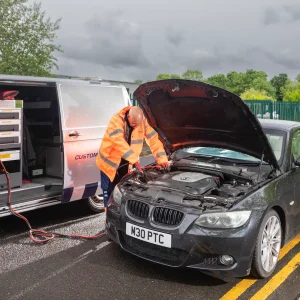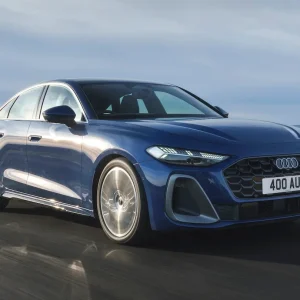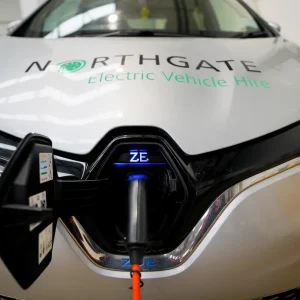According to the RAC foundation, the profile of UK road users is changing. The number of people aged over 70 who can legally drive has exceeded four million for the first time, which is no surprise given our ageing population.
At the extreme end of the scale, there are 191 people aged over 100 who have licences and the oldest driving licence holder in the UK is a 107-year-old woman.
Despite this, we all know that age provides no clear indication of driving ability with higher risk groups existing across all parts of our driver population. The defining factor is down to individual behaviour and the choices we all make when behind the wheel.
So there are some high risk goups of drivers out there but the reality is that anyone at any age can make a mistake that could affect you.
If you drive enough, you will make a poor devision at some point, especially when you are tired, stressed or in a rush. That’s why a pragmatic approach to driving is so important and expecting the worst can be a sensible stance.
Driver statistics show that a defensive approach to driving reduces the chances of being involved in an accident and this means not just focusing on your own actions but anticipating the actions of others too.
Driving at lower speeds, leaving enough room from the car in front and accelerating and braking smoothly are all good examples.
There are people out there who have driving weaknesses. This can be down to either behaviour or performance or in some circumstances both, but irrespective of the reason we all need to be alert to this and should be taking mitigating action.





